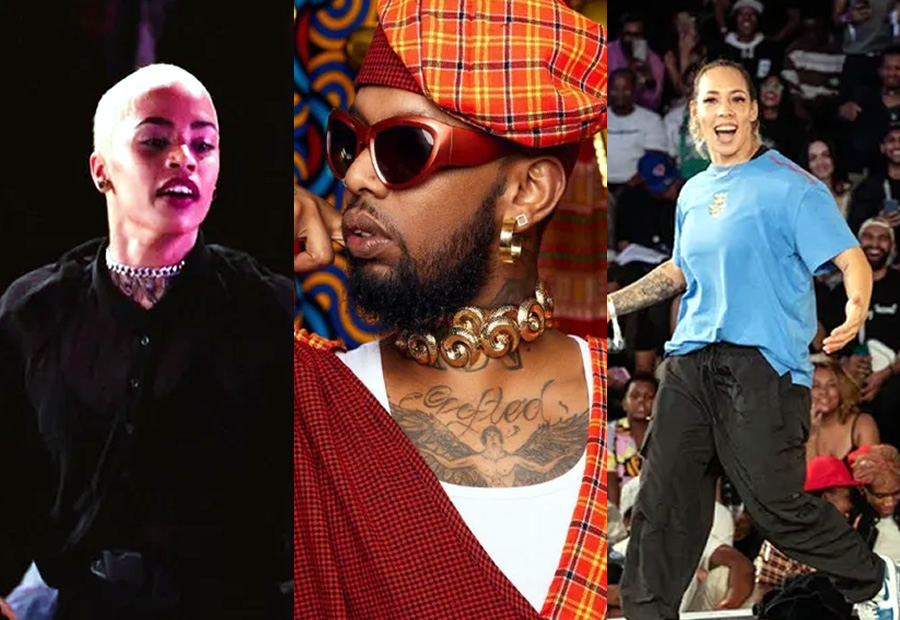
A new wave of African talent is transforming the international dance scene. Young artists from the continent are exporting a renewed vision of movement to the world, fusing urban styles, traditional roots and an expressive charge that overflows the stage. Far from stereotypes, these dancers not only entertain: they redefine identities, challenge narratives and consolidate Africa as a global creative epicentre.
South African Tarryn Alberts is one of the most prominent names of this generation. With an unmistakable stage presence, she has managed to combine krumping, voguing and pantsula in her own powerful and elegant physical language. Her ability to fuse genres has allowed her to break down barriers and participate in high-profile international productions.
From Johannesburg also emerges Litchi Hov, who began his career in the collective V.I.N.T.A.G.E Crew, known for its theatricality and audacious style. His evolution as a choreographer and performer has consolidated a proposal that mixes drama, body and fashion on stage, making him a reference for performative dance in the south of the continent.
Another key figure is Courtnaé Paul, renowned for her mastery of breakdance and her ability to integrate it with other styles such as Afro or kizomba. Her technical approach, combined with a very personal choreographic sensibility, has allowed her to consolidate a hybrid style that crosses borders and connects with diverse audiences.
But these are not isolated cases. Choreographers such as Izzy Odigie, founder of the TRYBE agency, have taken the Afro-dance to global stages with tours such as Pan African Passport. Also noteworthy are collectives such as Tofo Tofo in Mozambique, who combine kwaito and pantsula, or Qudus Onikeku, whose work Re:Incarnation from Lagos has received international acclaim for his fusion of Yoruba and urban dance.
Networks such as Instagram and TikTok have been instrumental in this expansion. Styles such as Gwara Gwara, Shaku Shaku or Amapiano have gone viral from neighbourhoods in Nairobi, Accra or Soweto to clubs in London or New York. In the process, Africa has ceased to be seen as a peripheral source of inspiration and has become a central engine of contemporary global culture.
African dance is experiencing an unprecedented boom. Beyond spectacle, it is emerging as a vehicle for representation, social critique and cultural affirmation. Its talented and visionary protagonists are not only setting trends, they are writing a new narrative about Africa's place in the world.
Source: okayafrica.com
